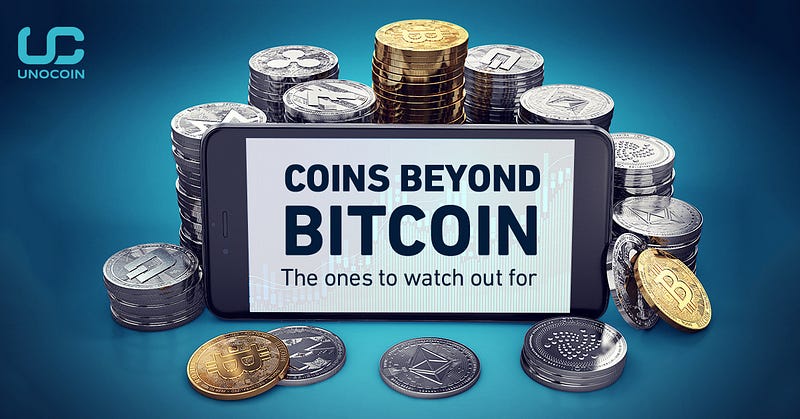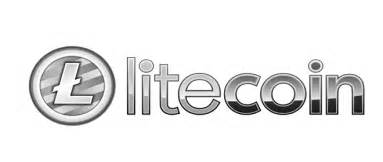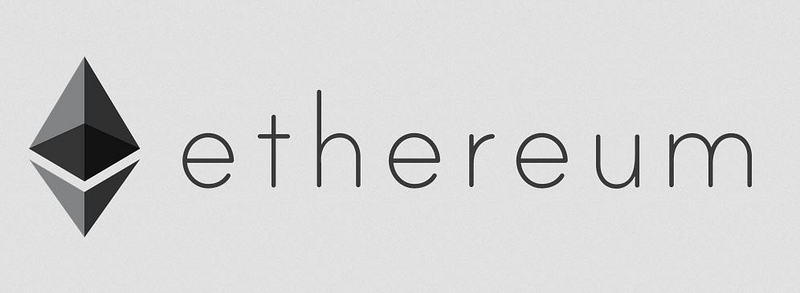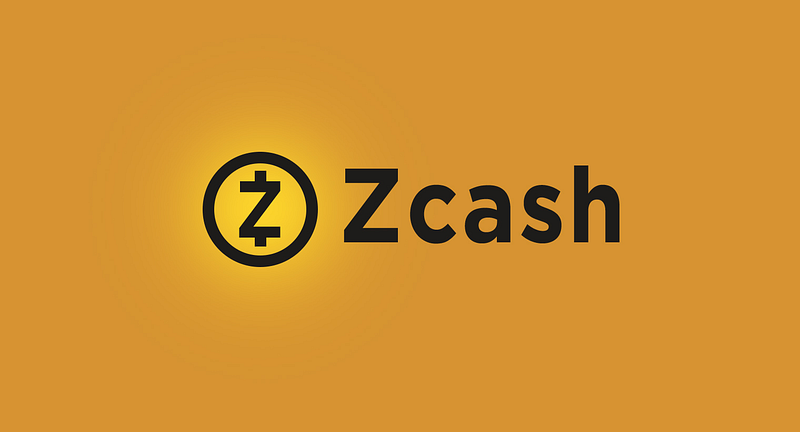
Bitcoin has been a pioneer ushering in the wave of cryptocurrencies built on decentralized peer-to-peer networks. While these digital currencies are inspired by Bitcoin, they bring unique features to the blockchain industry and are collectively called altcoins — from the term alternate coins. As is obvious by now, you could say they’re a modified version of bitcoin, each coming with their pros and cons — like the ease of mining, greater risk, acceptance and value retention.
Following is a list of coins beyond bitcoin to watch out for in 2018:
1) Litecoin (LTC)

Litecoin was launched way back in 2011, just 2 years after the launch of Bitcoin. It was among the first alternate cryptocurrencies, and is often referred to as the ‘silver to Bitcoin’s gold.’ Created by Charlie Lee, an MIT graduate, and former Google engineer, it is also based on decentralised networks to facilitate global payments.
Litecoin uses the “scrypt” algorithm as a proof of work, which has to be decoded by consumer grade CPUs. It is known to have a faster block generation rate and offers faster transaction confirmations. An important distinguishing factor is that Litecoin’s overall supply cap limit is set at 84 million, compared to the 21 million that bitcoin offers. The algorithms concerning the mining are much easier to solve and can be solved without special mining equipment. There are a growing number of merchants who have started accepting Litecoin as a mode of payment.
2) Ethereum (ETH)

This young cryptocurrency was launched in 2015. During 2014, Ethereum, a blockchain invented to allow all sorts of applications to run on it, launched a pre-sale for ether (its platform-specific cryptographic token on which the applications would run) which had received an overwhelming response. Institutions like The Royal Bank of Scotland and companies like Microsoft are investing in software built on top of the Ethereum blockchain.
Following a hack in 2016, which resulted in the theft of about $50 million worth of ether, Ethereum was split into Ethereum (ETH) and Ethereum Classic (ETC) after disagreements in its functioning in the community. This decentralised software platform also supports the creation of Smart Contracts, which can be run without any downtime, fraud, control or interference from a third party. Ethereum (ETH) has a market capitalisation of $100 billion, second largest after Bitcoin among all cryptocurrencies.
3) Zcash (ZEC)

Zcash defines itself as, “If Bitcoin is like HTTP for money, Zcash is HTTPS,”.
Zcash again is a new age cryptocurrency founded in the latter part of 2016. It grew out of the Zerocoin project, with its major distinguishing feature being that it acts like a Swiss Bank of sorts, and does not provide any information about the parties involved in a transaction or the amounts transacted. Zcash claims to offer complete privacy or selective transparency in transactions. In this case, all the details of the transactions like the sender, recipient or the amount are recorded but remain anonymous when they are published on a blockchain.
Zcash also offers its users the choice of ‘shielded’ transactions, which allow for content to be encrypted using an advanced cryptographic technique. The success of Zcash in this very competitive landscape lies due to its revolutionary, anonymous blockchain.
4) Dash

Dash (originally known as Darkcoin) is another open source, peer-to-peer cryptocurrency launched in 2014. This cryptocurrency was created and developed by Evan Duffield and can be mined using a CPU or GPU.
Dash aims to be the most user-friendly and scalable cryptocurrency in the world. It currently offers instant transactions services known as InstantSend, and private transactions through PrivateSend. It operates as a self-governing and self-funding model that enables the Dash network to pay incentives to individuals and businesses that perform work which adds value to the network.
Dash’s decentralized governance and budgeting system also make it a decentralized autonomous organization (DAO). Dash offers more anonymity as it works on a decentralized mastercode network that makes transactions almost untraceable.
5) Ripple (XRP)

Ripple was released in 2012 and currently has a market capitalization of over $50 billion.
Ripple is a real-time global settlement network that offers instant, low-cost international payments. Ripple’s consensus ledger where the transactions are recorded doesn’t need mining, a feature that deviates it from bitcoin and altcoins. OpenCoin, the company behind ripple, plans to distribute 100 billion ripples, although only half will be put into circulation. Ripple currently plans to distribute XRP primarily through business development deals, incentives to liquidity providers who offer tighter spreads for payments, and selling XRP to institutional buyers interested in investing in XRP.
Perhaps the most distinguishing aspect of ripple is that it allows for instant conversion into different currencies. For example, you can easily convert bitcoin to ripple, and vice-versa. By making currency conversion easy, ripple can be used by bitcoin users and others to make easy access to traditional currencies.
6) Monero (XMR)

Monero claims to be a secure, private and untraceable currency. This open source crypto was launched in April 2014 and drew great interest among cryptocurrency enthusiasts. The development of this cryptocurrency is completely donation-based and community-driven.
From the beginning, Monero made a point and set itself apart from other cryptocurrencies in a way that is proving very important: scalability. Unlike Bitcoin and most altcoins, a special technique is used by this currency, called ‘ring signatures’ that seems to enable complete privacy. With this technique, there appears a group of cryptographic signatures including at least one real participant but since they all appear valid, the real one cannot be isolated.
Monero has no hard-coded limit on its block size and will never face the slowdowns that provoked Ether to split its blockchain and that is causing trouble to bitcoin users. The cryptocurrency has been received well and is gaining a lot of popularity for its advanced features.
Also Read:
https://blog.unocoin.com/how-do-bitcoin-atms-work-b774828bd9ad



